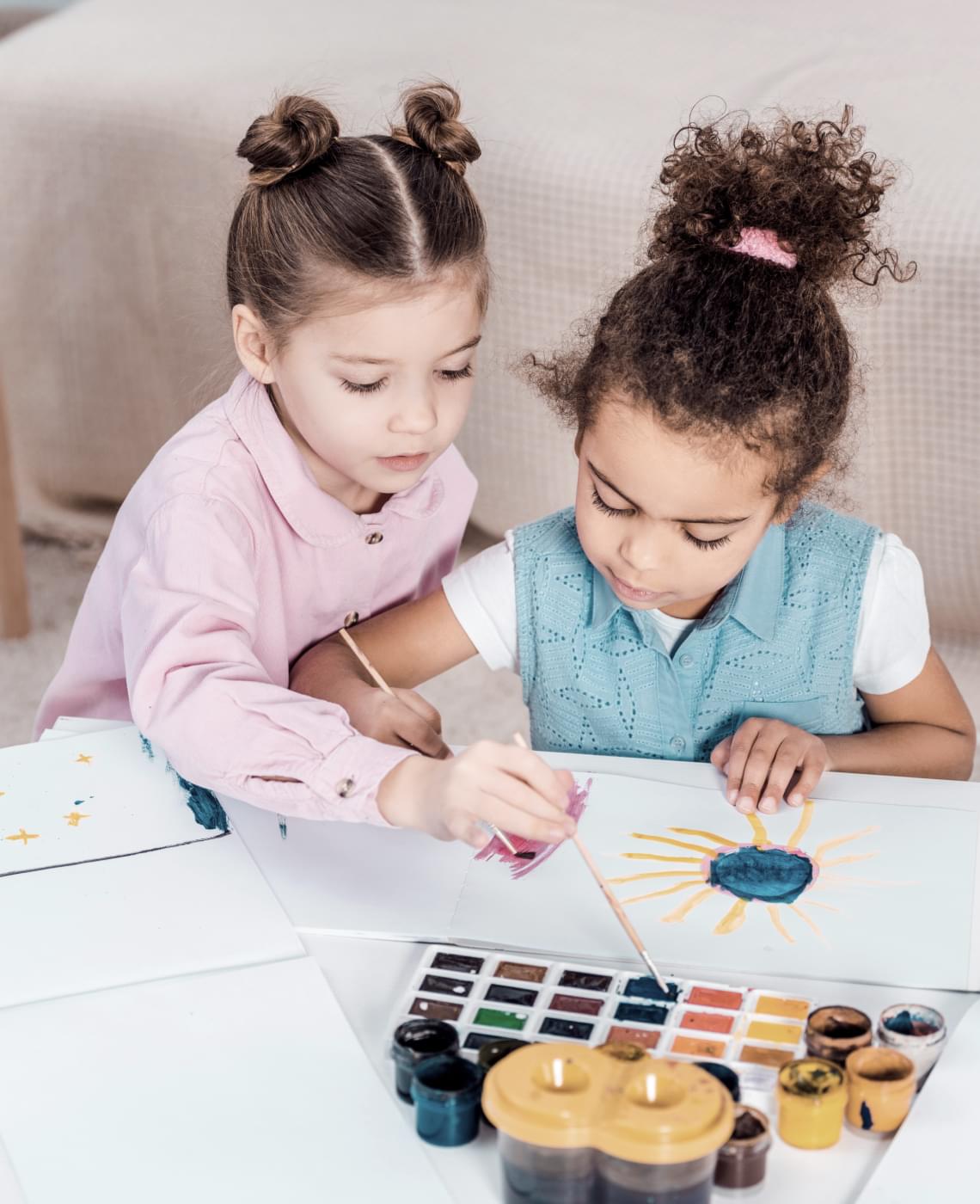Winter process art
Add more detail about this feature, such as benefits, appearance, components and value
OPEN ENDED & CHOICE ART ARE THE ANSWER TO YOUR PRAYER.
This new way of "teaching" art can be prep free and stress free. Perfect for your schedule and your ability. Breathe easy...you are going to rock this.
YOU DON'T HAVE TO TEACH ANYTHING... JUST MAKE SURE THEY ENJOY CREATING. It's even easy on your wallet. You can use your coffee for paint (seriously). You will start looking at everything in your kitchen a bit differently though.. Need a tool to paint with? Open the utensil drawer. Do you think you need something to draw on, paint on or even cut up into a collage? You got that too. I promise. Read more below.

Add more detail about this feature, such as benefits, appearance, components and value
Add more detail about this feature, such as benefits, appearance, components and value
Add more detail about this feature, such as benefits, appearance, components and value
Add more detail about this feature, such as benefits, appearance, components and value